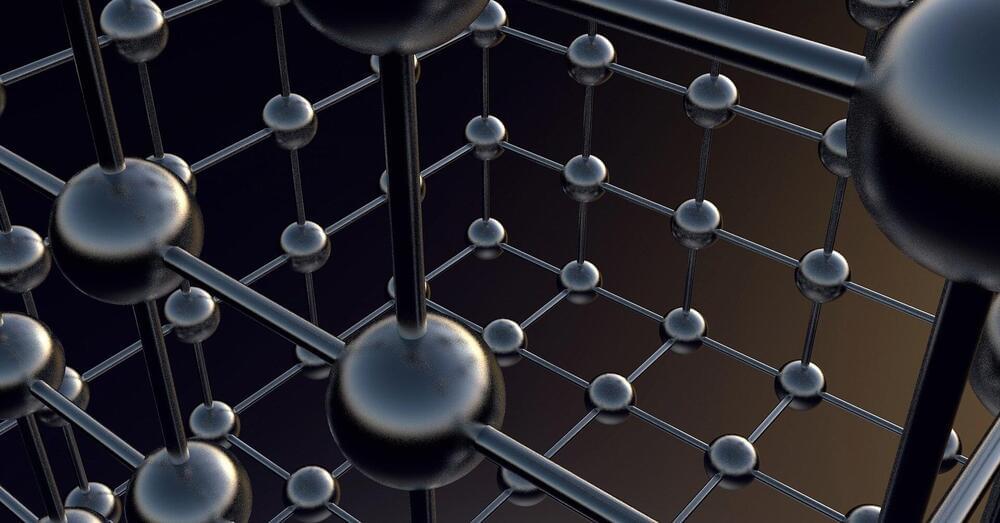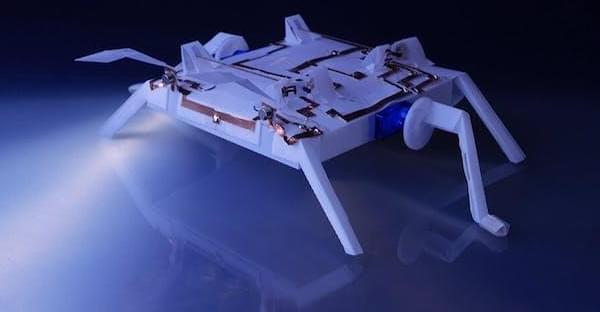Fascinating proposal for methodology.
Models are scientific models, theories, hypotheses, formulas, equations, naïve models based on personal experiences, superstitions (!), and traditional computer programs. In a Reductionist paradigm, these Models are created by humans, ostensibly by scientists, and are then used, ostensibly by engineers, to solve real-world problems. Model creation and Model use both require that these humans Understand the problem domain, the problem at hand, the previously known shared Models available, and how to design and use Models. A Ph.D. degree could be seen as a formal license to create new Models[2]. Mathematics can be seen as a discipline for Model manipulation.
But now — by avoiding the use of human made Models and switching to Holistic Methods — data scientists, programmers, and others do not themselves have to Understand the problems they are given. They are no longer asked to provide a computer program or to otherwise solve a problem in a traditional Reductionist or scientific way. Holistic Systems like DNNs can provide solutions to many problems by first learning about the domain from data and solved examples, and then, in production, to match new situations to this gathered experience. These matches are guesses, but with sufficient learning the results can be highly reliable.
We will initially use computer-based Holistic Methods to solve individual and specific problems, such as self-driving cars. Over time, increasing numbers of Artificial Understanders will be able to provide immediate answers — guesses — to wider and wider ranges of problems. We can expect to see cellphone apps with such good command of language that it feels like talking to a competent co-worker. Voice will become the preferred way to interact with our personal AIs.



